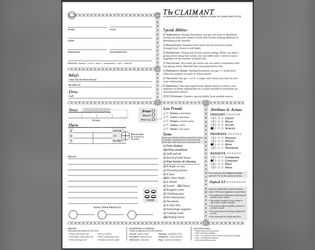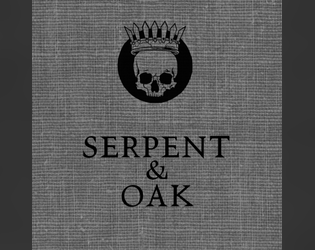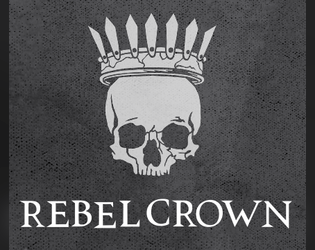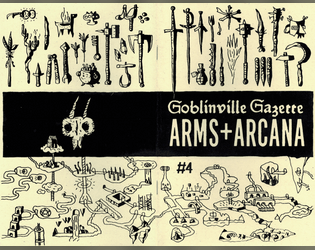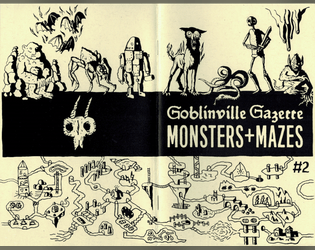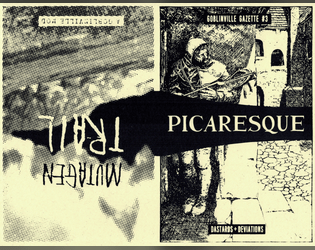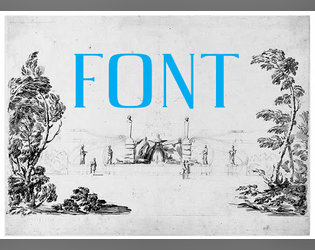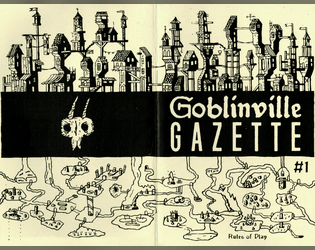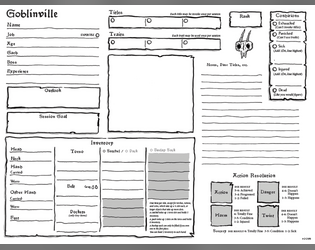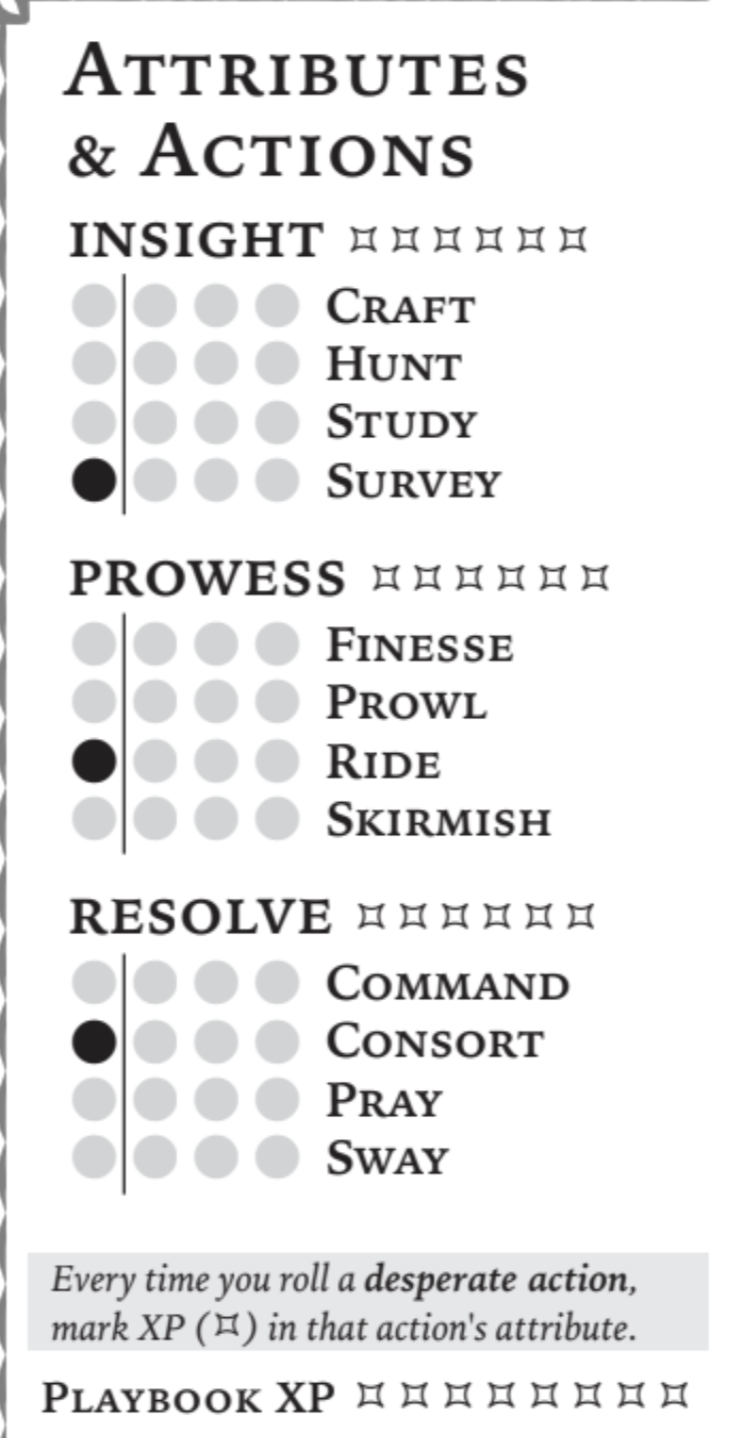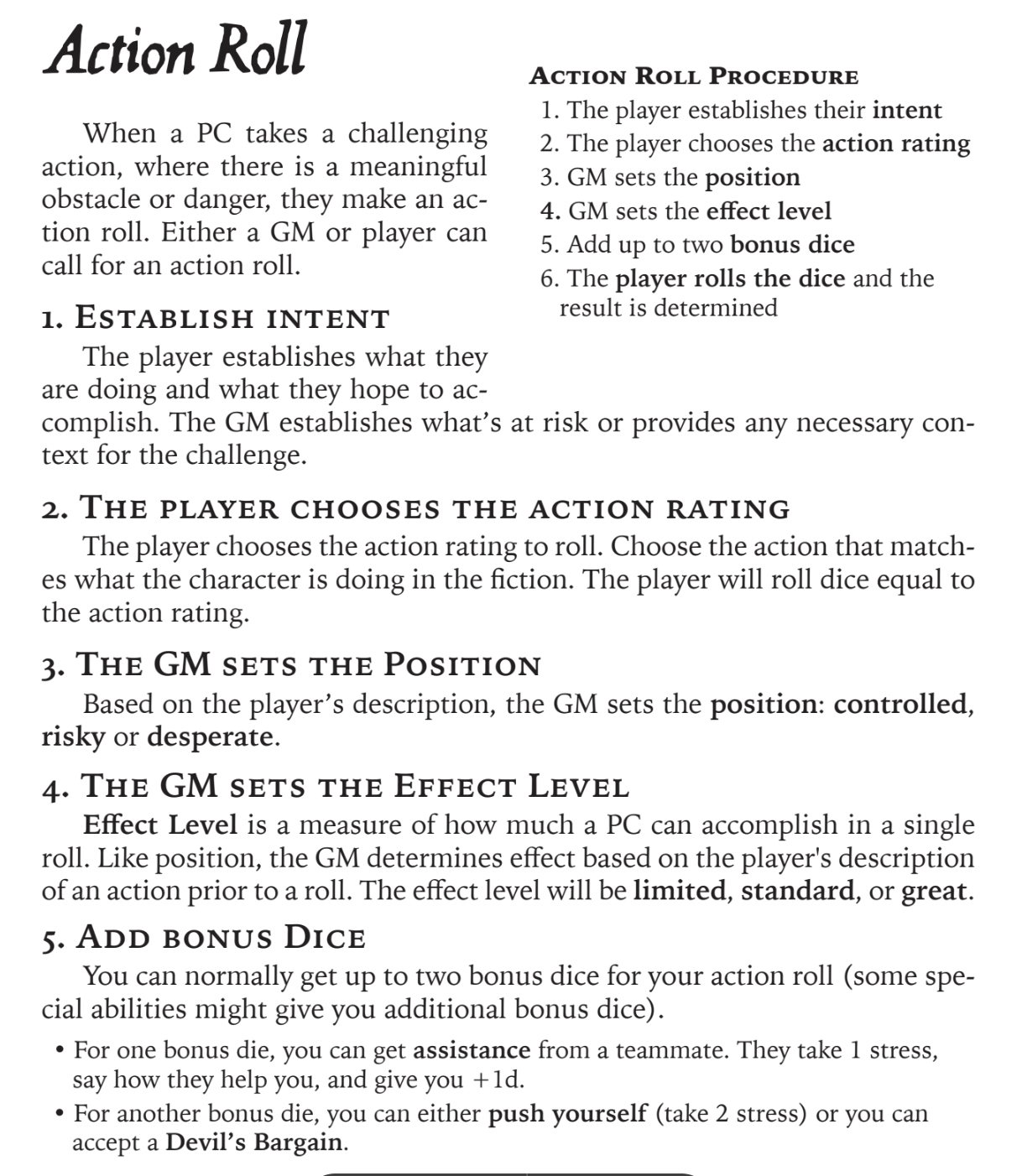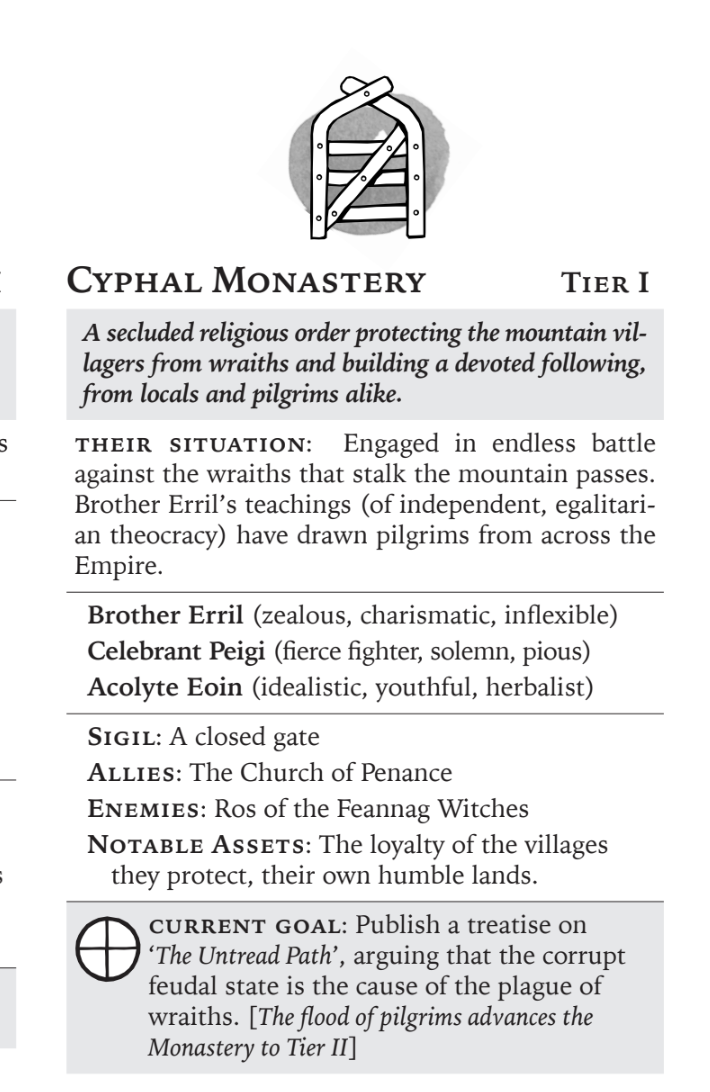Definitely! Sent via email.
Narrative Dynamics
Creator of
Recent community posts
Sorry about that Johnny! Replaced with a link to IPR who has it in stock:
https://www.indiepressrevolution.com/xcart/Rebel-Crown-Print-PDF.html
We are currently tranisitioning from managing our our storefront for physical games to using distributors like Indie Press Revolution. You can find print copies of Rebel Crown there: https://www.indiepressrevolution.com/xcart/Rebel-Crown.html
On day 30 of my first playthrough and I really like every element. The art is evocative, the writing is clear, and the characters are interesting. I really enjoy the feeling of making choices that don't seem to have a 'right' answer and exploring a world knowing I won't have time to see every mystery solved. Running out of money is pretty punishing, but that makes it feel more rewarding when you're able to build your relationship up with the towns enough that you're no longer just scraping by.
A campaign with 1 GM and 2 players is totally feasible. I ran a 3 player campaign last year knowing that not all players could make each session, so most of the time we were playing with just 2. An advantage of small player counts is that you can really explore the relationship between those characters. I'd suggest talking about that upfront during character creation. Figure out who wants to play the claimant and ask questions about why the other character is committed to the claimant's cause. I also would nudge the players to remember that they can muster levies between sorties. Two people against the world can feel impossible but they have the resources to gather mercenaries and supporters. They can even do a flashback to muster before the first sortie.
I didn't record any of my two-player sessions but you can listen to a one-player actual play here: https://www.partyofonepodcast.com/2020/05/21/234-rebel-crown-with-michael-dunn-o...
Yeah! We're working on a revised v ersion, but here's the latest: https://docs.google.com/spreadsheets/d/1ZouqR5bzFQ4NUFycBE3wXBMFBwX1-Jik1yejias_...
Great question! Everyone makes one roll per test. If you succeed, you proceed unharmed. If you fail, you still continue on but you gain a Mark. The only thing that stalls the progress of the survivors is if they all die.
I have seen people narrate this in cool ways. You could fail a roll and describe yourself facing the obstacle decisively and competently, but walk away Haunted by the memory of what you faced.
This procedure is clarified a bit in the updated version we're laying out now.
- The clocks don't move in sequence. You might infiltrate the enemy command tent and resolve the foe clock first, or cut back between field and foe. Resolving one of the clocks first can effect your positioning on the other. The enemy commander might be more inclined to surrender after their forces have been routed. The enemy line might be less organized if their commander has been killed or captured. The exception to this non-linearity is the fallout clock. You might add sections based on the course of the battle, so I generally resolve this last (though I bet an artful GM could start at the fallout and flash back to the battle that led to that moment).
- I use the clock as a pacing cue. Does Luthais surrender when his line breaks? Well the foe clock is not full so probably not, though the broken line will put the retinue in a good position to make demands (and roll to see if they are met). From the Blades SRD: "Remember that a clock tracks progress. It reflects the fictional situation, so the group can gauge how they’re doing. A clock is like a speedometer in a car. It shows the speed of the vehicle—it doesn’t determine the speed."
- Wraiths and collateral damage are the most likely fallout. You could also focus on treating the wounded and rallying the broken spirit of your levies. "Do you have to fill all the clocks?" is an interesting questions. For "victory", yes. Filling all clocks means you broke the enemy line, destroyed their command, and dealt with the fallout of the battle. You can march home victorious. However, you could just kill the enemy commander and run. That's not winning the battle, but it might accomplish your strategic goals. Similarly, if you are there to pillage a holding, you might not care about the fallout clock; let the city burn and wraiths roam. In these instances, the clocks can help everyone get on the same page as to how the battle ended and the likely consequences.
I don't have a recording of any full battles that I can share, but I wrote up an example.
Hopefully this helps folks interested in battles who want a sense of how they might flow. Keep in mind that this is just one way it could go. players might resolve the foe clock before the field clock, or they could even lose the fight and resolve either.
Hey, good question.
You begin the battle by making two clocks that the players will fill with successful actions: the field clock (representing routing the enemy forces) and the foe clock (representing eliminating the enemey commanders). When (and if) these clocks are full, the players win the battle. You could totally make a racing clock to track when the player retinue's forces are routed and tick that when the players' forces are routed. We aren't too prescriptive on how you frame the consequences for these rolls.
The fallout clock comes out after the battle is resolved, representing the aftermath of battle: "wraiths emerging, fires spreading, and structures collapsing". The players can resolve these, and potentially face consequences, or they can ride home. Choosing to not manage the fallout is likely to mean that the players will face more severe unrest and entanglements after this fight.
All that said, battles tend to be a rare thing. Most playtest groups only ran a few battles over the whole campaign. Most smaller skirmishes can be resolved in a single roll or pair of racing clocks. These rules are designed to give more detail and time to epic conflicts.
Yes, rounds pass during combat. There's no distinct combat phase. The goblins might taken actions that directly attack, or they might find other ways to deal with a threat.
In terms of probability. remember that the player can assign dice wherever they want. If they roll 4 dice (action, danger, harm, and twist) then there's an 80% chance that they get at least one 5 or 6. In a good position, success (a 5 or 6) does 2 Harm. So a monster with 2 moves and 3 armor (which is moderately tough) could go down in as few as 3 turns.
And that's assuming this creature keeps fighting to the end. Often creatures lose a move or two and then don't have any that make sense in the context. That means their morale breaks and they retreat.
The goblins might not have things go their way, and they may not be willing to face the harm and twists that putting their best die into the attacking action will require. The players should definitely be prepared to make compromises and tough choices in combat. Fighting isn't easy in Goblinville, but the constantly changing stakes from dangers and twists means that you're rarely in the same situation for more than a few rounds.
The BitD roll20 sheets are super cool. Making a Rebel Crown playset for roll20 is on our to-do list, but for our own games we use google sheets alongside a video client (like zoom or discord). This has seemed to be easier for folks to pickup across devices. Here's a link if you want to check out the sheets.
We'll be sure to post any roll20 updates here.
-Michael
Hi Capt_buck!
Good questions, and it's cool to see you really diving into the system.
In terms of scale, I've found that the Pit of Mirrors can vary a lot. Sometimes actions spiral out of control and twists introduce new dangers that need to be resolved. I've had folks get lost on the way there or stalked by the jungle cat, or caught in the vines. I've also seen groups come up with clever ways to avoid problems and they fly through it in a few turns.
One thing that can slow the pace of a game without adding obstacles or forcing a roll: taking more time for questions and descriptions. Really dive into the sounds and smells of the abandoned lab, ask about goblins past experience with weird creatures, about how they do something, about what they want out of a situation. I find that spending more time 'in the fiction' can add a lot to play.
When players fail an action more than once, it can be useful to add new threats. The danger for fleeing a burning lab could be that the acting goblin gets pinned under falling debris, or the adventurers come down the stairs to attack. Ideally failing means that you aren't in the same position as you were before the roll. That can keep a desperate scene lively and dynamic.
I agree that small things, without meaningful stakes (like going up and down stairs) doesn't need to be a roll. Save it for the big stuff.
The orb making light/ the ooze being harmed by light is an intentional relationship. Cool to hear you found a dramatic moment there.
I love the image of the tiny ooze dragging a goblin around from inside its guts.



